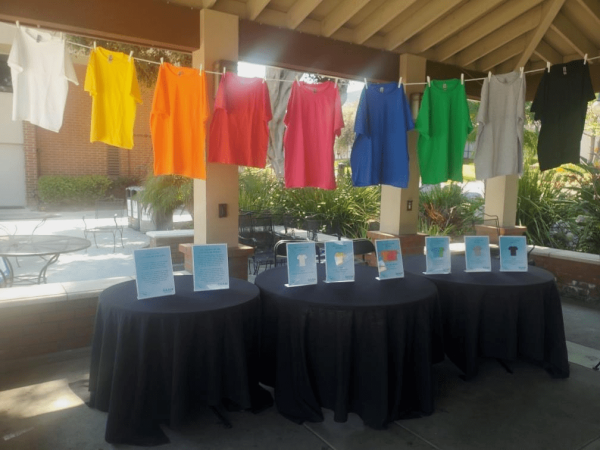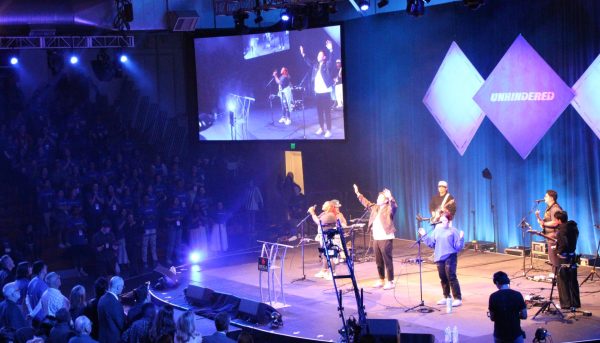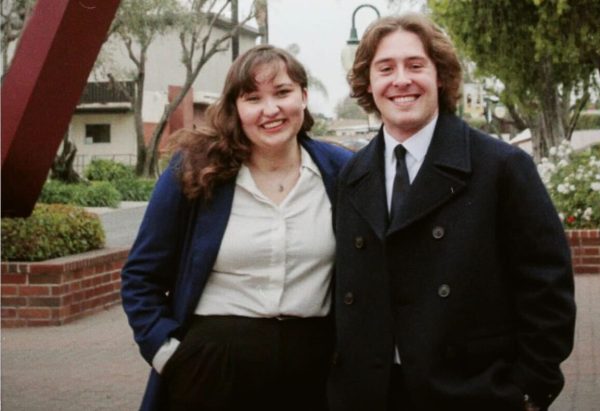La Mirada approves Biola’s new enrollment cap
Biola’s enrollment cap gains 1,800 students.
September 17, 2013
.jpg)
Laura Daronatsy/THE CHIMES
Biola’s maximum allowed enrollment has increased from 5,000 full-time equivalent students — FTES — to 6,800 FTES. The City of La Mirada approved the increase of students in Dec. 2012, after Biola proposed the number to the city planning commission in Oct. 2012. Along with the increase in the number of students, the city also approved a higher number of faculty and staff from 924 to 1,257.
The full-time equivalent student number includes both undergraduate and graduate students and is based on a formula that tells a university how many full-time students their part-time student population equals, according to the U.S. Department of Education's Institute of Education Sciences' National Center for Education Statistics' glossary. The actual enrollment number can then be higher than the FTES limit because one part-time student does not equal one full-time student in terms of enrollment capacity.
For instance, Biola's current FTES is 5,656 students, according to Biola's profile on the Western Association of Schools and Colleges' Accrediting Commission for Senior Colleges and Universities website. However, Biola's total enrollment for the fall 2013 semester is 6,324 students, according to Biola's department of institutional research and reporting.
The current maximum allowed FTES of 6,800 will not see any further increase. The approved plan is most likely the last major master plan for the La Mirada campus, according to Greg Balsano, vice president of university services.
“In order to have a quality learning and working environment, we have to limit what we do on this site,” said Greg Balsano, vice president of university services.
In order to approve Biola’s proposal, La Mirada had to complete a series of impact studies, according to the city council environmental report. Included in those studies are a traffic and circulation study, which focuses on future student impact on street traffic and intersection flow, and a sewer area study, which determines whether the sewer system can meet university needs.
Biola’s master plan allows for substantial growth, but that does not mean enrollment will grow at that rate, according to Brian Phillips, director of facility services.
“It just means that we could grow to that rate per the city. They just want to make sure that we have the capacity to grow,” Phillips said.
As of the fall 2012 semester, Biola had already surpassed its approved enrollment of 5,000 FTES before the proposed number had been passed. The city of La Mirada allowed for the overlap due to the complicated process of updating the master plan, according to Balsano.
Little impact on tuition
The revised maximum allowed enrollment number proposed by Biola was chosen based on capacity and not on the growing university’s financial needs.
“The things on the master plan usually don’t impact tuition,” Balsano said.
Classroom buildings are fundraised, while residence halls and parking structures are paid for by student living fees and parking fees, according to Balsano. However, if enrollment growth occurred too quickly, it might impact the university financially.
“If you grow too fast and put strain on the system, you can create extra expense for yourself to create temporary measures to accommodate that,” Balsano said.
The tuition increases over the last few years are not related to the university’s plan to grow, according to Balsano. Once Biola reaches its maximum enrollment, it is not likely that there will be a decrease in tuition, and students may see a small tuition increase over the next few years, according to Balsano.
Faculty hiring will see slow increase
Although the city has approved a large increase in faculty, the university’s faculty may not see growth for some time. Biola will not be hiring faculty based on enrollment growth, but rather based on the needs of each department, according to Jenna Bartlo, media relations specialist.
“There is not an increased number of students that would require new faculty,” Bartlo said.







